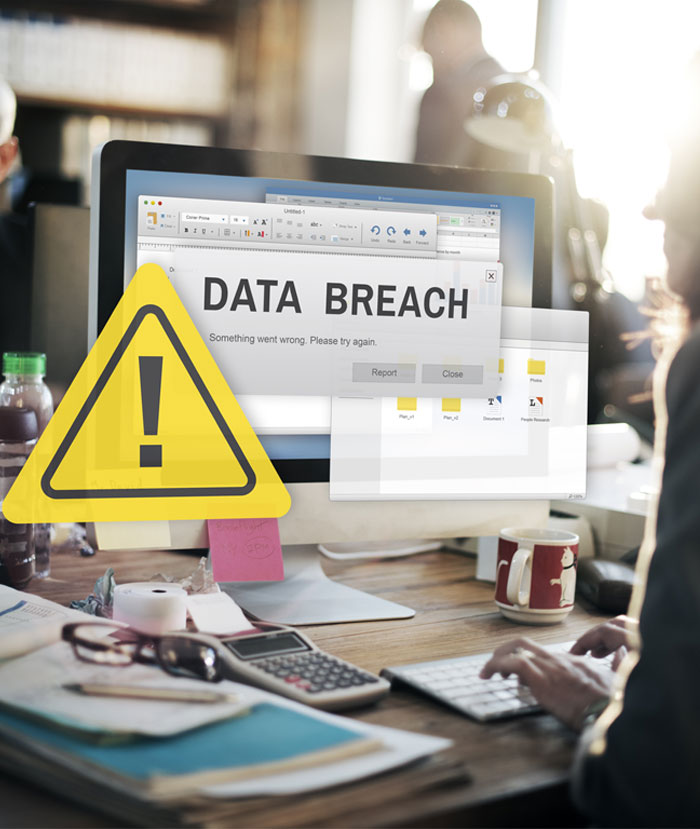IT Security
Run your business with confidence
IT Security
Run your business with confidence
IT Security

Prudent business owners lock their brick and mortar doors when they close for the day. They use keys, alarms, and cameras to help deter theft. Yet, many small and medium-sized businesses don’t put nearly as much effort into securing their IT. We are always puzzled about why this is?
Essentially, for many businesses, it appears to boil down to complacency. It’s common for SMBs to believe they won’t be targeted by threat actors. As such, they don’t heavily invest in IT security because it’s expensive and requires manpower they don’t necessarily have. After all, it’s all the big companies’ names splashed across the headlines, right?
Unfortunately, while the headlines are true, they can be misleading because they don’t tell the entire story. The reality paints a much direr picture for SMBs. Statistics indicate 43% of cyberattacks target SMBs and 60% of those victims go out of business within six months. Cybercrime also costs SMBs over $2.2 million a year.
Decision makers who do their due diligence about IT security realize the costs aren’t as prohibitive as some think. They also find in their research, pursuing strategic IT also puts them at an advantage over their competitors.

The Problem With Phishing & Ransomware
Phishing is one of the top approaches cybercriminals use to gain illicit access to their victims’ information and accounts. More than 1,500,000 new phishing sites are created each month – and criminals are clever. They’ve honed their expertise at making emails and websites look authentic enough to pass for legitimacy. Phishing is the primary delivery mechanism cybercriminals use to infect an organization with ransomware.
Ransomware is increasingly becoming a huge problem for smaller companies. A 2020 survey found 46% of small businesses were targets of a ransomware attack. Let that sink in. Almost half of small businesses were attacked. Of those companies victimized, 73% paid the ransom – 43% paid between $10,000 and $50,000 and 13% paid more than $100,000. Furthermore, paying the ransom doesn’t always play out as hoped. Of those who paid the cybercriminals the demanded ransom, 17% recovered “only some” of the company’s data. As a comparison point with the costs of paying ransom, the average SMB pays roughly $7,000 a year to protect 40 users.
Paying ransom is no guarantee the victim will get back their data and regain access to their systems or that the threat actors won’t simply re-target and demand more ransom. The FBI strongly discourages businesses from paying.
Even if they do regain access, paying ransom means a business faces a huge financial setback. It’s better to use preventative strategies than to deal with the expensive fallout of a data breach or ransomware attack.
Just one incident can cost you your budget, customer trust, and your brand’s reputation.
Southeastern Technical helps SMB's Perform Due Diligence

As the old saying goes, “An ounce of prevention is worth a pound of cure.” This philosophy can be tied to IT security as well. At Southeastern Technical, we make it a part of our mission to ensure our clients have the facts, see the statistics, and learn about the solutions. We will help you perform extensive due diligence to come up with the right cybersecurity strategy that makes sense for your business and its IT assets.
Prevention of a cybersecurity event is a smart business investment, especially when weighed against the costs and consequences associated with the aftermath of an incident.
A meticulous Approach to cybersecurity Strategy
Southeastern Technical can help you take a strategic, serious, and affordable approach to your business’s cybersecurity. As a part of our process, we’ll assess threats your company faces, determine existing vulnerabilities, and then set a strategy to mitigate risks consistent with your level of risk tolerance, keeping your company’s organizational culture in mind.
To help us present the best strategy for your individual needs, we utilize the National Institute of Standards and Technology (NIST) Framework, which is an industry-standard holistic approach to cybersecurity. NIST consists of:
1. Identify

The Identity portion of NIST Framework structures the business’ management of any cybersecurity risks that exist for its data, systems, assets, capabilities, and even people. Once identified, security efforts can be prioritized for structuring the organization’s risk management strategy and business needs. As a part of this process, steps include:
- Performing a security review. To generate the best cybersecurity strategy, we need to learn where any security vulnerabilities exist and then determine what, if any, additional security measures are needed.
- Doing a risk assessment. Our expert security team will perform a thorough review of your company’s IT infrastructure and business processes. This step requires us to dive deep into your infrastructure, policies, procedures, and business practices. Once we examine this, we can assess your organization’s security consciousness.
- Conducting penetration testing. Also, known as “pen testing,” this process involves us carefully examining both your IT infrastructure and users’ behavior when using systems and equipment. This advanced approach enables us to dig deep and find any security vulnerabilities that exist and also pinpoint any other potential risks that cybercriminals might find.
Business leaders consistently must manage numerous types of risks and ensure their organization adheres to regulatory and compliance requirements. If one segment of your IT’s security fails and results in a breach or loss of data, you understand just how important it is to protect your company’s assets. The Identify step of NIST provides you with the information you need to make smart technology decisions.
2. Protect

The Protect step in the NIST Framework outlines safeguards to make certain your team has access to critical IT infrastructure they need, such as email, productivity tools, and any other applications they need in their day to day tasks. Protective steps include:
- Installing a next-generation firewall. A firewall that meets or exceeds compliance requirements and passes any audits over standard firewalls.
- Requiring multi-factor authentication. This ensures no unauthorized users infiltrate your systems.
- Using security and compliance management tools. Designed to add more security. (e.g. Office 365 Security and Compliance Management).
- Utilizing email filtering. This is to snag spam, phishing emails, ransomware attacks, and sandboxing before it reaches your team’s inboxes.
- Providing security awareness training. Human error is one of the leading causes of security breaches, but the better prepared your team is, the less chance anyone will make an unintentional – yet costly – mistake.
Leaders who keep abreast of security threats understand the critical need to safeguard their digital assets. We can help you achieve the level of security you seek.
3. Detect

The detect function of NIST defines the activities and tools to identify the occurrence of a cybersecurity event.
- Learning potential impact. As a part of this step, we meticulously examine activities to seek out and identify if any anomalies and related events are present, no matter how obscure or insignificant they may seem.
- Monitoring cybersecurity events. Cybersecurity events are monitored in real-time to catch any unusual activity.
- Verifying effectiveness. We ensure the effectiveness of preventative tools are verified. If a security breach occurs, an alert is issued so it can be immediately addressed rather than noticed months or years after it happens.
Early detection is a primary component of a good cybersecurity plan as it’s proactive. At Southeastern Technical, we fully subscribe to the theory that early detection is a valuable part of the process of developing strong cybersecurity measures.
4. Respond

The Respond function of NIST includes the appropriate actions to take when a cybersecurity incident is detected and supports the ability to contain the impact of potential cybersecurity events.
- Ensuring good responses. the response planning processes are followed during and after the event.
- Managing communications. Communications are essential during and after the event to ensure internal persons, stakeholders, law enforcement, and any others vested are informed as appropriate and understand any measures they may need to take.
- Conducting analysis. This ensures an effective response and support recovery process is in place, including forensic analysis.
- Performing mitigation activities. Mitigation is vital to preventing the expansion of an event and to bringing resolution.
Southeastern Technical will act as your help desk and support system. As a part of the process, we analyze all the information about the event and incorporate lessons learned from current and any previous detection or response activities.
5. Recover

The Recover function of NIST identifies the appropriate activities businesses should take to maintain their resilience and restore any weakened or disrupted capabilities caused by a cybersecurity incident.
- Performing post-security breach incident response. It’s important to not slip “back to normal” until the extent of the event is fully realized so proactive and preventative steps can be taken.
- Identifying ways to stay resilient. Instilling appropriate measures to maintain plans for a business to stay resilient.
- Supporting timely recovery. As outlined in NIST, we support timely recovery to normal operations to ensure minimal impact from a cybersecurity event.
If a compliance review is required by a regulatory body, we’ll work hard to make certain your company is aligned with the right compliance requirements.
Results-focused business leaders know how costly and difficult even just one cybersecurity incident can be. To mitigate potential issues, they demand a strategic approach to their security measures. We can help.
Resilient Companies Avoid Disaster
The Southeastern Technical team is focused on building a strong partnership with you. We’ll go the mile to help you identify new IT solutions to aid you in the challenges you face running your company. To learn more about our top-notch, professional, white-glove service, call us at 678-807-6156 or contact us online. One of our expert team members will be happy to answer any questions you have or provide additional information.



